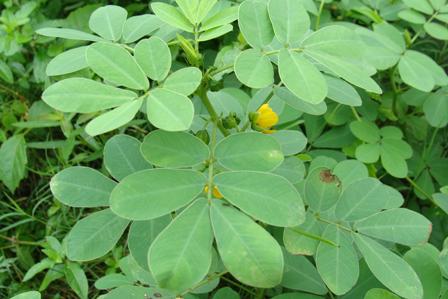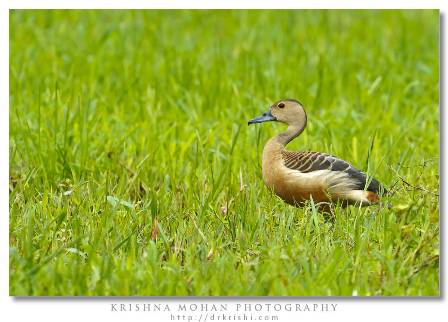Debashish Ray
It was a sunny Sunday morning one day in November ’82. I had pulled up a comfortable chair at one end of the large verandah in front of my home in Jamalpur. Across the old boiler-tube fence was a road lined with large
teak trees. The trees partly screened the golf course beyond,where on their weekly ‘off’ a few men were playing golf. They were dressed in the fashion of the time, in shorts that reached half way down their thighs,colored tops and light peaked caps.

The Teak or "Sagwan"
Teenagers lugging heavy bags carrying the golfers’ assortment of clubs accompanied the men. And off course, there were the barefoot urchins in patched shorts, watching every move in this adult version of ‘gulli danda’.
Occasionally they helped out, their keen eyes locating balls lost in the knee-high fetid cassia shrubs that had overrun one end of the course. At the other end of the half kilometer, wide course was a mango tope,which provided suitable obstacles for flying
golf balls.

The Foetid Cassia or "Chakunda"
Further beyond the golf course was a large man made lake covered with lilies and lotus pads and some water chestnuts. It was an anglers and birdwatchers’ paradise with water birds and fishes a plenty. It was no surprise
that, I was often looking up from the book that I had sat to read.
I may have finished some fifty pages when I looked up to see one of the urchins running full tilt after a large brown bird that appeared to be hurt. It was thrashing along on the ground between the cassias out of reach
of the pursuing kid. My reaction was to mutter, “D---those s- -must have hit the bird with a ball or club”. Then after about some thirty metres the bird suddenly took off. Its flight showed no injury and then flashed a belated recognition-it was a Lesser Whistling
Teal.

The Lesser Whistling Teal or Tree Duck, Dendrocygna javanica, "seelhi or Seelahi"
It took a few seconds to dawn that there was probably no injury. This was the ‘broken wing display’ that many ground nesting birds do when a predator gets close to their young. With the conflicting desire of protecting
their chicks and saving themselves from the predator, these birds go into a displacement activity, which suggests injury. Predators follow the apparently injured bird,as the urchin had done, thus lured away from an easy meal of helpless babies.
Pajamas and slippers not withstanding, I hotfooted across the road on to the golf course. Near the old golf pavilion with red brick wall and sloping roof, I found a huddle of men and boys. It appeared that the teal had
been leading her brood of ten ducklings across the field towards the lake when the urchins spotted them. One boy who had scooted home had already snatched two ducklings from the brood. The other eight were scurrying in a file following the lead duckling, piping
all the while in distress.
The mother bird meanwhile was flying in circles over head calling Sweety! Sweety! The ducklings were dark grey in color with white spots.Their beaks and feet were a leaden, a dark bluish grey. They had sharp black nails
on their webbed toes, which as I was soon to find out, were good for climbing.
I borrowed an ‘air bag’ from one of the golfers, and with the help of an urchin put the remaining ducklings in to it. The ducklings promptly started climbing up the rough lining inside and out of the bag. Keeping them
in was quite a job as at any time two would have popped their heads over the top and would need to be pushed back.
Bag in arms and boy in tow I walked towards the lake on the far side. The ducklings kept up their piping and attempts to climb out of the bag. The mother duck was flying higher often out of sight beyond the trees.
As I walked towards the lake, I remembered seeing a pair of Lesser Whistling Teals several times, flying tree height over the golf course a month earlier. Had wondered then as to what they were doing there. Perhaps these
tree ducks had built a nest in some hollow in the mango tope or the large peepul near the golf pavilion.
The waterside of the lake was open with only a few scattered tad palms around. Released the ducklings some distance from the water and moved away to give the mother a chance. Meanwhile the two of us moved further away
holding stones to pelt any crow that showed interest. After what seemed an eternity the mother who had been calling overhead, landed near her brood. The ducklings latched onto her immediately. With head held low, eyeing us with suspicion the duck led her brood
into the water beyond.
-----------------------()---------------------------

Key to the scientific names of plants and bird in ‘The Broken Wing’ in order of occurrence in text.
Teak, Tectona grandis.Young seedlings have quadrangular stems and very large elastic leaves.
Foetid Cassia or Sickle Pod, Cassia tora. Known in Sanskrit as ‘Dadamari’ for the fungicidal and bactericidal properties of the leaves and seeds.
Mango, Mangiferaindica. The wild variety grows up to 45m tall, with a domed crown. Their leaves and fruits are smaller than those of cultivated varieties.
Common Water Lily, Nymphaeapubescens. All leaves floating on the water surface with sharply toothed leaf margin.